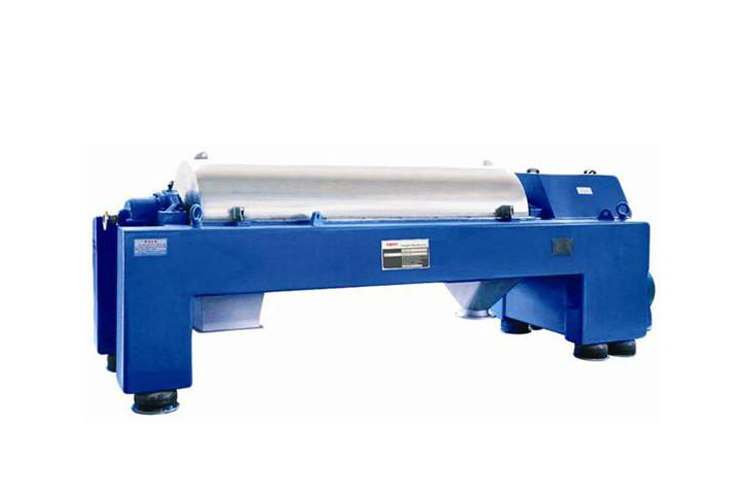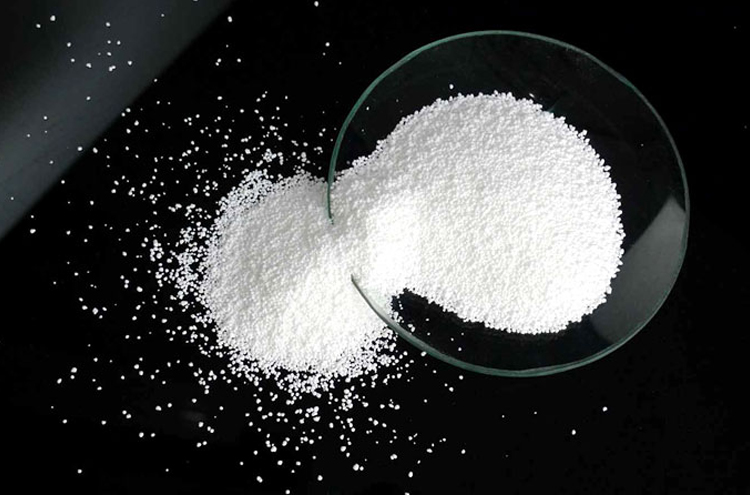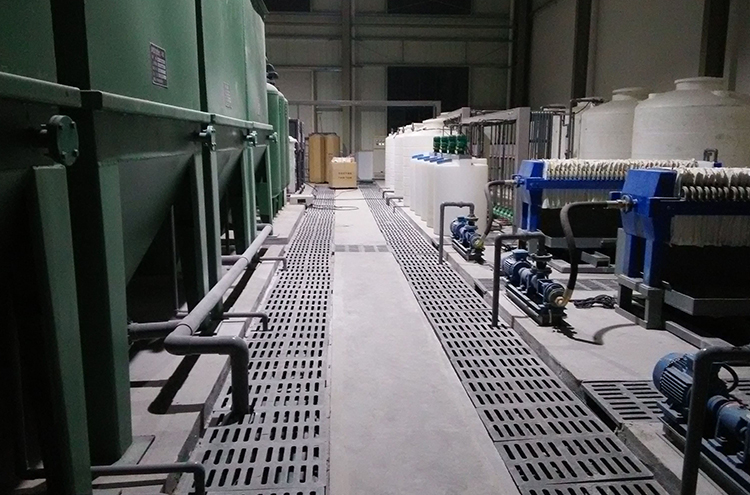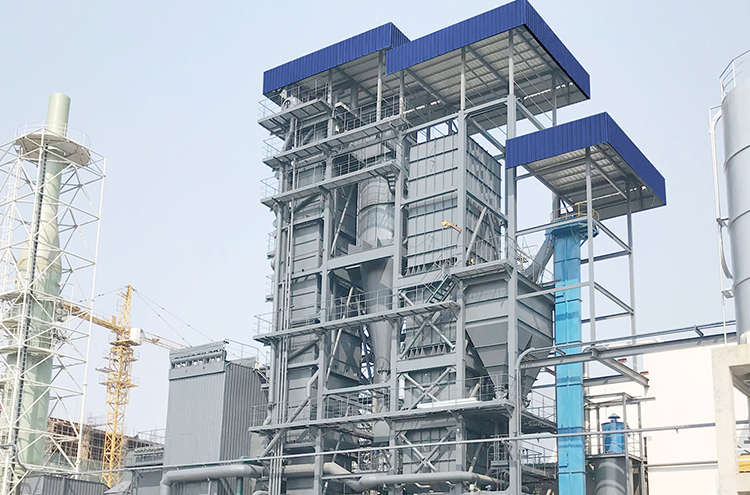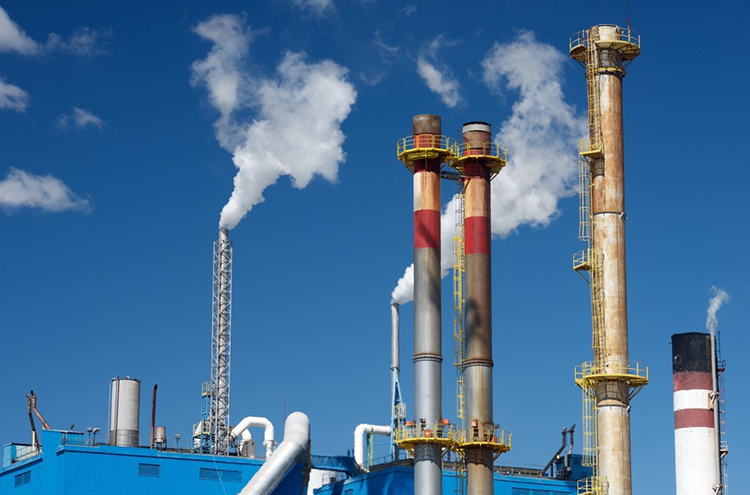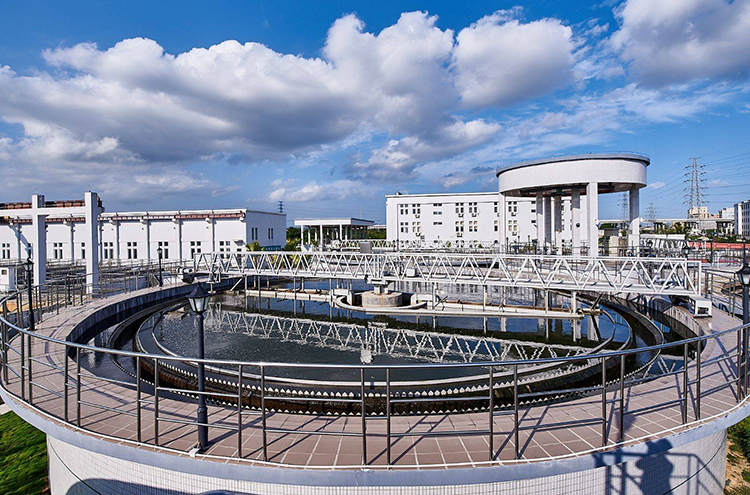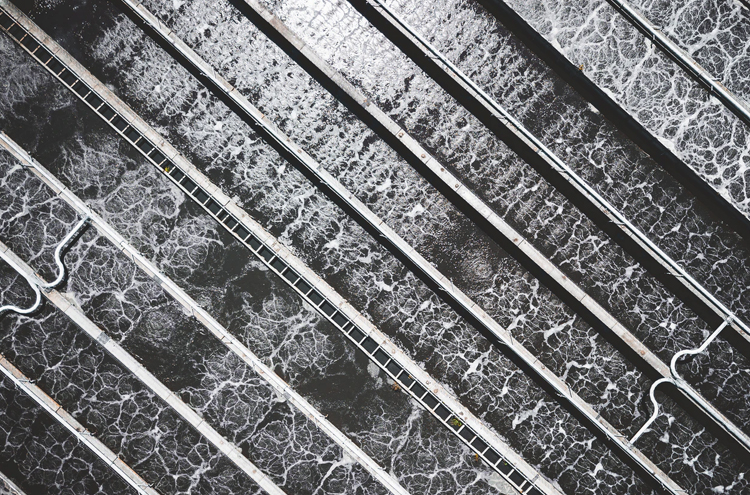-
Sludge harmless disposal requires action
The sludge problem was listed in the first of the five typical cases in this circular. It can be seen that environmental inspectors also pay special attention to the problem of sludge treatment and disposal.
05-10
-
Non discharge method of wastewaterironsteel industry
Some experts pointed out that the iron and steel industry should not excessively pursue "zero discharge of wastewater" at this stage, and should be promoted step by step from two aspects.
05-10
-
The improvement of water environment is unbalanceduncoordinated, so as to solve the problem of pollution
Non point source pollution is rising to be the main contradiction restricting the continuous improvement of water environment. With the re enhancement of environmental protection, it is time to form a system for the prevention and control of non-point source pollution.
05-10
-
Sewage treatment plant becomes a big polluter due to sludge treatment
Query the red and black polluting enterprises released by the provincial environmental protection department. The main reason for the poor credit rating is that the pollution emission exceeds the standard. In our province, all key state-controlled enterprises, including sewage treatment plants, iron and steel, thermal power and chemical industry, have realized on-line monitoring of pollution discharge.
04-21
-
Trend of domestic horizontal screw centrifuges
Horizontal screw centrifuge equipment plays an important role in the fields of chemical industry, petroleum, food, pharmacy and so on. It is mainly used to separate different materials.
04-21
-
Industry commentsthe effect of polyaluminium chloridesludge dewatering
Urban treatment plants produce a large amount of sludge every day, which is difficult to treat because of its high moisture (more than 80%), large volume and easy to decay and stink With the increasing output of municipal sludge and industrial sludge year by year, many EU countries have formulated and implemented relevant environmental laws and regulations to prohibit the landfill of sludge containing biodegradable organics and encourage its incineration
04-21
-
General sludge treatment processthe industry
Sewage treatment is a problem that many enterprises will consider when building factories, so it is very important to master the process flow of sewage treatment. For the process flow of sewage treatment, the sewage from the kitchen and restaurant enters the oil separator first, and then enters the regulating tank after removing large particles and oil slick.
04-21
-
New difficultiestechnical analysis of sludge treatment
The process of sewage treatment does not simply transfer pollutants to sludge. The so-called sludge is actually a combination of various microorganisms and inorganic substances. In the sewage treatment process, most organic pollutants are transformed into their own cellular components such as protein, CO2, nitrogen and other substances through microbial degradation and conversion. However, there are many substances that are only adsorbed into microbial micelles.
04-21
-
Present situationdevelopment prospect of biomass fuel preparation technology by sludge mixing
In order to reduce the environmental pollution caused by municipal sludge and realize the resource utilization of sludge, this paper expounds the current situation of sludge disposal at home and abroad, and introduces the research status of sludge mixing with coal to prepare sewage sludge coal water slurry, mixing with coal (semi coke) to prepare briquette fuel, and mixing with plant straw to prepare fuel to prepare biomass fuel.
04-21
-
Sludge reflux ratio 2-stage influent A / O process heavy oil processing effect
Taking the heavy oil processing sewage which is the most difficult to meet the standard in the field of oil refining sewage treatment as the research object, based on the traditional A / O denitrification process design parameters, the biochemical denitrification process and parameters based on the two-stage influent A / O process were constructed, and the side line experimental research was carried out on site
04-21
-
Market analysis of sewage treatment
The data of the real-time management system of urban sewage treatment plants of the Ministry of housing and urban rural development shows a huge market space: by the end of June 2015, a total of 3802 sewage treatment plants had been built in cities and towns across the country, of which only 860 were class I a projects. "The improvement of standards will undoubtedly expand the market scale of environmental protection equipment manufacturers.
04-21
-
Decolorization technology of printingdyeing wastewater will become the mainstream
Printing and dyeing wastewater refers to the wastewater discharged from the pretreatment, dyeing, printing and finishing of cotton, wool, chemical fiber and other textile products. The composition of printing and dyeing wastewater is complex. It mainly takes aromatics and heterocyclic compounds as the matrix, and has chromogenic groups (such as - n ^ n -, - n ^ o) and polar groups (such as - SO3Na, - Oh, - NH2).
03-25
-
Agents to be ed for improving sludge dewatering performance
A large amount of surplus sewage will be produced in the process of sewage biochemical treatment, and the moisture content of these sludge usually exceeds 99%. High sludge moisture content is often accompanied by large sludge volume, which leads to high transportation cost, difficult transportation and occupation of a large number of treatment sites. Therefore, the development of high-efficiency sludge dewatering technology has become one of the important topics for environmental protection workers in China.
03-25
-
Trend of sewage treatment: Innovation of sewage treatment mode
After signing the Millennium Declaration in 2000, the member states of the United Nations formulated the Millennium Development Goals (MDGs), of which target 7 is to ensure environmental sustainability. During the Millennium Development Goals period, the proportion of the global population with access to improved sanitation facilities increased from 54% to 68%, and more than 2.1 billion people around the world have access to improved sanitation facilities.
01-21






